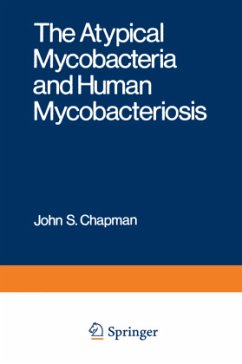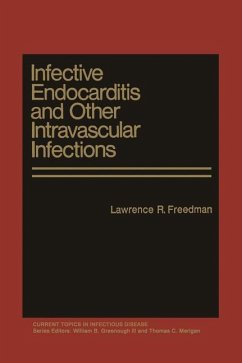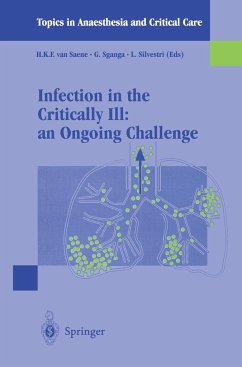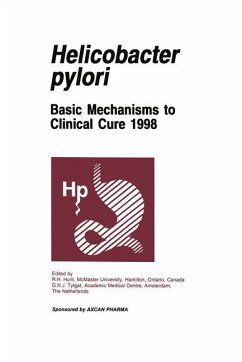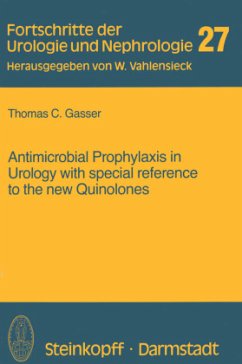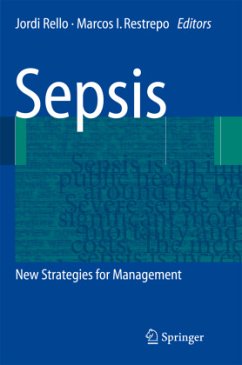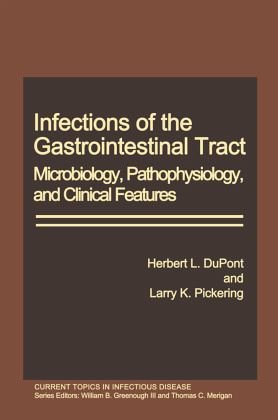
Infections of the Gastrointestinal Tract
Microbiology, Pathophysiology, and Clinical Features

PAYBACK Punkte
39 °P sammeln!
Enteric infection has played an important role in the majority of the world's populations, including children (particularly those under four years of age), the aged, the malnourished, military populations, and per sons from industrialized regions traveling to developing areas. The magni tude of the problem has been profound in areas of the world with reduced economic development, where there exists a greater reservoir of entero pathogens and a larger susceptible population with nutritional deficits. Morbidity from enteric infection in developing areas exceeds that seen in industrialized countr...
Enteric infection has played an important role in the majority of the world's populations, including children (particularly those under four years of age), the aged, the malnourished, military populations, and per sons from industrialized regions traveling to developing areas. The magni tude of the problem has been profound in areas of the world with reduced economic development, where there exists a greater reservoir of entero pathogens and a larger susceptible population with nutritional deficits. Morbidity from enteric infection in developing areas exceeds that seen in industrialized countries by severalfold, with the problem being most seri ous in infants who are bottle-fed and other infants and young children soon after being weaned from the breast ("weanling diarrhea"). Of greater significance than the inverse relationship of diarrhea morbidity with levels of industrial development is the relationship of death from intestinal infection and socioeconomic advancement. Mortality rate from diarrhea is 10 to 100 times greater in developing areas. In many parts of the third world, diarrhea, resultant dehydration, and associated malnutri tion are the leading causes of death in infants and young children and account for as great as one-third of pediatric deaths.





